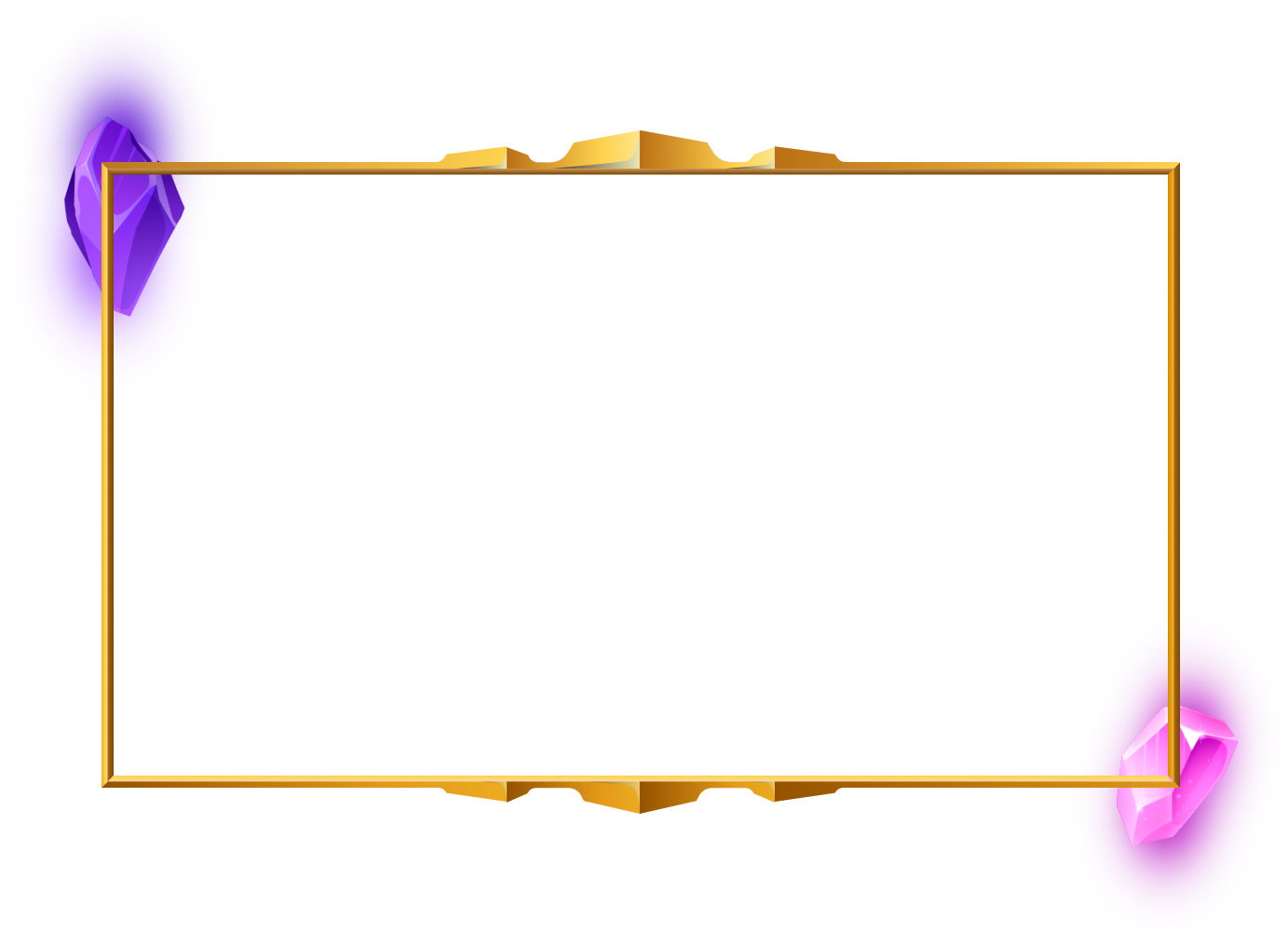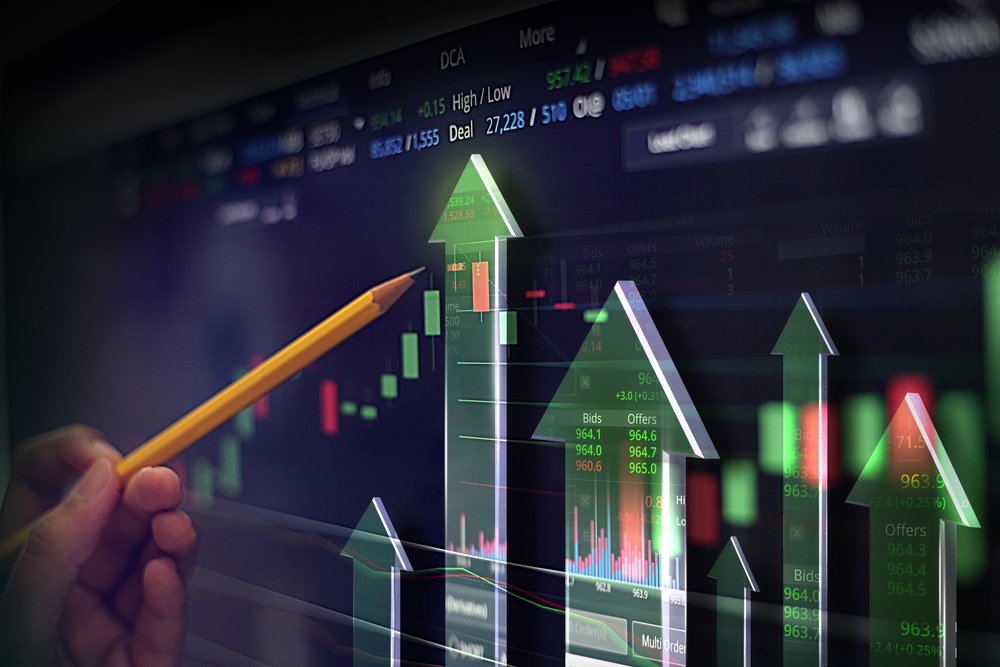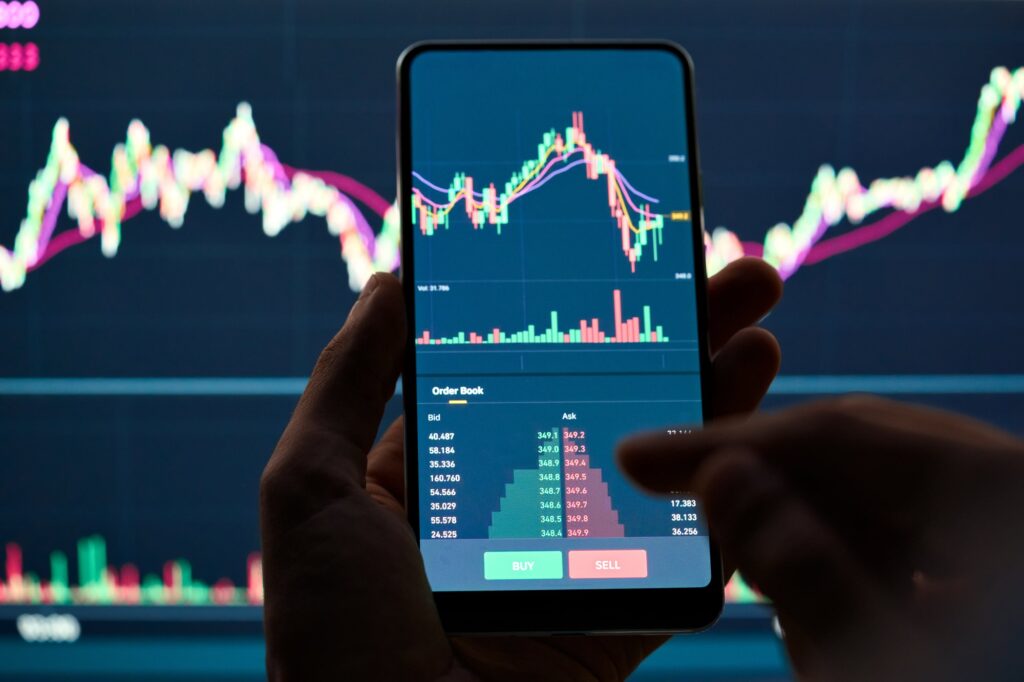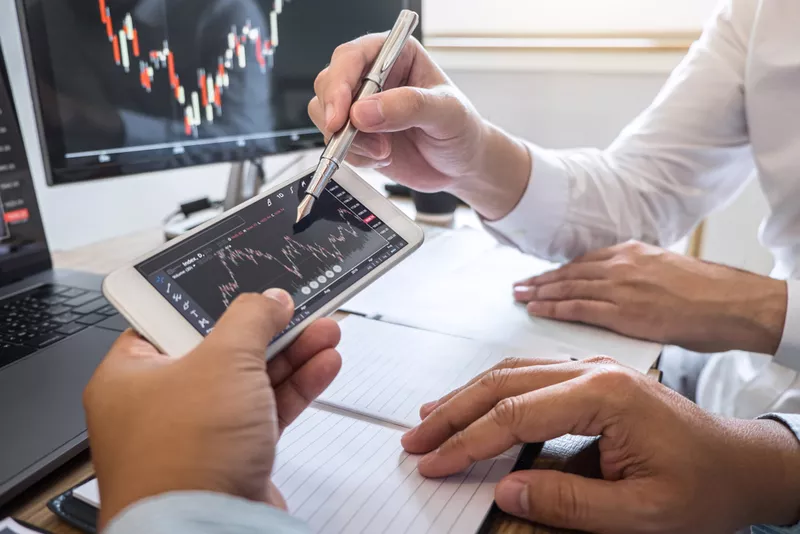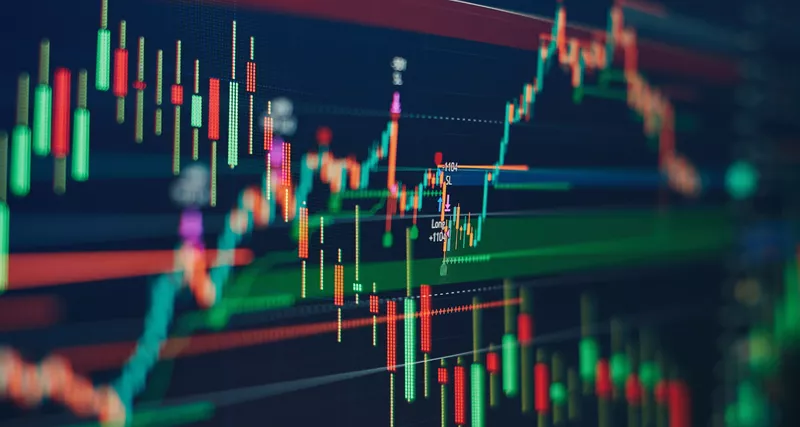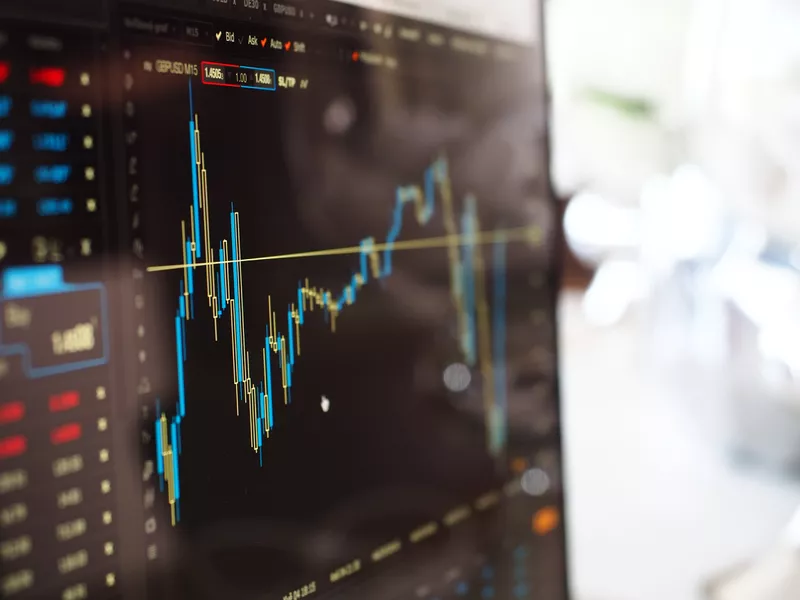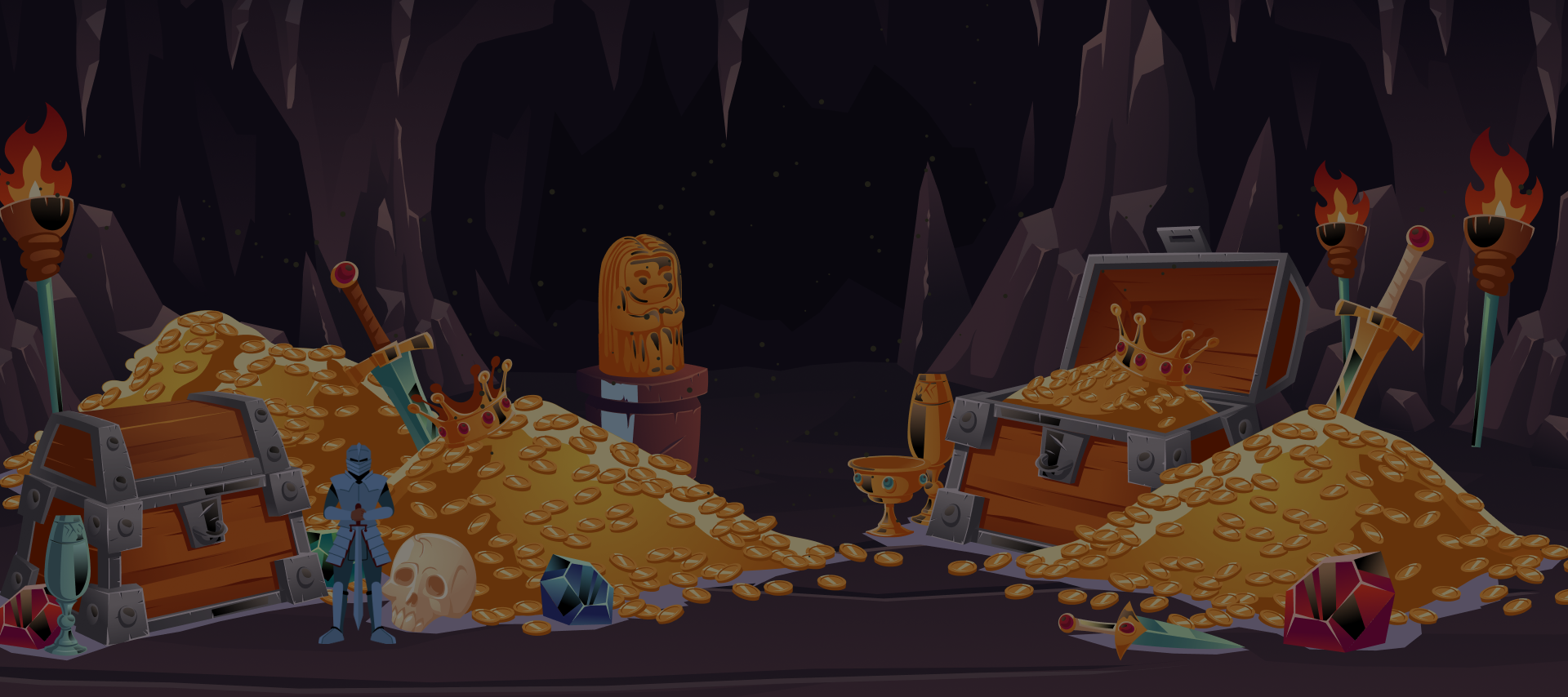If you’re new to the world of Forex, or even if you’ve been around for a while but could use a refresher, you’re in the right place. In this post, we’ll take a look at some of the most common Forex terms and what they mean. By understanding these terms, you’ll be able to better understand how Forex works and how to trade it. So let’s get started!
These are some of the basic terms:
Forex Account: A forex account is simply an account that is used for holding and simulated trading foreign currencies. When you open a forex account, you will deposit money in the account in order to trade with. The account will be denominated in a certain currency, typically your home currency, and you will use this currency to buy and sell other currencies.
Micro Forex Accounts: A micro forex account is a type of simulated trading account that allows investors to trade micro lots. Micro lots are one-tenth the size of a standard lot, or 1,000 units of the base currency. They are the smallest tradable unit available in most currency pairs. Micro forex accounts are designed for beginner investors who want to get their feet wet in the forex market without risking a lot of money.
Mini Forex Accounts: A mini forex account is a type of forex simulated trading account that allows users to trade smaller quantities of currency than what is typically traded in a standard forex account. The benefits of these accounts include lower minimum trade sizes and margin requirements, which can make them ideal for new or inexperienced traders who want to get a feel for the forex market without risking a large amount of capital.
Standard Forex Accounts: Standard forex accounts are the most basic type of account used to trade currencies. Typically, these accounts require a minimum deposit of $1,000 and offer leverage of 50:1. This means that for every $1 you have in your account, you can trade $50 worth of currency. Standard accounts also offer slightly higher interest rates than micro accounts and typically provide access to more exotic currency pairs.
Cross Rate: The term “cross rate” refers to a currency exchange rate that does not involve the U.S. dollar. For example, if the EUR/USD exchange rate is 1.20 and the GBP/USD exchange rate is 1.50, then the cross rate between the euro and British pound would be calculated as follows: 1.20/1.50 = 0.80.
Exchange Rate: An exchange rate is the rate at which one currency will be exchanged for another. It is always quoted in pairs like the EUR/USD (the Euro and the US Dollar). Exchange rates fluctuate based on economic factors like inflation, interest rates, and political stability. They also change with supply and demand. When more people want to buy a currency, the price goes up.
Pip: Pip is an acronym for “percentage in point” and is the smallest unit of price movement in forex trading. A pip is usually equal to one basis point, but in some cases it can be two. The value of a pip depends on the currency pair being traded, as well as the size of the trade. For most currency pairs, a pip is equal to 0.0001, but for some exotic pairs it can be 0.01 or even 1.0. A standard lot is 100,000 units of the base currency, so a pip would be worth $10 on this trade size. However, a mini lot is only 10,000 units of the base currency, so a pip would only be worth $1 on this trade size. Therefore, it’s important to always check the pip value before entering a trade.
Leverage: In forex trading, leverage is a measure of how much an investor can control with a given amount of capital. For example, if an investor has a $1,000 account and uses 100:1 leverage, they can control $100,000 worth of currency. Leverage is typically used when an investor believes that the market will move in their favor but does not have the capital to invest in the full position. While leverage can provide investors with the opportunity to make large virtual profit., it also carries the risk of magnifying losses.
Margin: Margin is one of the most important concepts to understand when it comes to forex trading. Simply put, margin is the minimum amount of money that a trader must have in their account to open a position. This is written as a percentage of the total value of the trade. For example, if the margin requirement for a trade is 2%, that means the trader must have at least 2% of the total value of the trade in their account to open the position. Margin requirements can vary from broker to broker and from currency to currency, so it’s important to check with your broker before you trade.
Bid and Ask Price: The price that you see on your simulated trading platform is known as the bid price, and it represents the amount of currency that you will need to spend in order to purchase a certain amount of the other currency. The ask price, on the other hand, is the amount of currency that you will receive in exchange for selling a certain amount of the other currency. The difference between these two prices is known as the spread, and it comprises the broker’s commission on the trade.
Spread: The difference between the price at which you buy a currency (the bid price) and the price at which you sell it (the ask price) is spread.
Bull Market: A bull market is one in which all currency prices rise. Bull markets indicate a market rise and are caused by positive news regarding the global economy.
Bear Market: A bear market is one in which currency prices fall. Bear markets are the consequence of a market decline caused by dismal economic fundamentals or catastrophic events such as a financial crisis or a natural disaster.
Lot Size: In forex trading, the lot size is the number of units of currency that you buy or sell in a single trade. There are three common lot sizes: standard, mini, and micro. A standard lot is equal to 100,000 units of currency, a mini lot is equal to 10,000 units, and a micro lot is equal to 1,000 units. The lot size you choose will depend on your account size and risk tolerance. If you have a small account, you may want to trade mini or micro lots in order to limit your risk.
Sniping and Hunting: Sniping and hunting is a term used in Forex simulated trading that describes a strategy employed by some traders. Sniping is when a trader attempts to enter or exit a trade at a very precise price point, usually just before significant news is released that could move the market. Hunting occurs when a trader tries to wait for the perfect moment to enter or exit a trade, often holding out for a better price than what is currently available.
Depreciation/Devaluation: depreciation is when the value of a currency falls in relation to another currency. Devaluation is when a government intentionally lowers the value of its currency. While these two terms are often used interchangeably, they actually denote two different concepts. Depreciation can be caused by a number of factors, including inflation, economic instability, and political turmoil. Devaluation, on the other hand, is usually carried out by governments in order to make their exports more competitive or to boost their economy.
Gap: Gapping is a term used in technical analysis that refers to the space between candlesticks on a candlestick chart. A gap may form when the price of a security moves sharply higher or lower with little or no simulated trading in between.
Stop Loss: a stop loss is an order to sell a currency when it reaches a certain price, in order to prevent further losses. For example, if you have bought EUR/USD at 1.20 and it falls to 1.19, you might place a stop loss at 1.18, in order to limit your losses. If the price then falls to 1.18, your stop loss will be triggered, and your position will be closed. Stop losses are an essential part of risk management in forex trading. By placing a stop loss, you can limit your losses if the market moves against you.
Take Profit: Take virtual profit is an order that you as a trader can set on your simulated trading platform to automatically close your position when the market reaches a certain level of profit. You can choose to either set a specific dollar amount or a certain percentage of your original investment. For example, you could set a take virtual profit order for 10 pips when you open a long position on EUR/USD. This means that your position will be automatically closed once the market price reaches 10 pips above your entry price. Alternatively, you could set a take virtual profit at 2% if you open a $10,000 account and buy GBP/USD with 1 lot (100,000 units). This would result in your position being closed once your account balance reaches $10,200. As you can see, take virtual profit orders can be very useful in helping you to lock in virtual profits and limit your losses.
Appreciation: Appreciation is an increase in the value of one currency in terms of another currency. It occurs when demand for the currency increases at a faster rate than the supply. Appreciation results in an appreciation of a country’s currency. For example, if the US dollar appreciates relative to the Japanese yen, then a US dollar will buy more yen than it did previously. Appreciation can be caused by a number of factors, including interest rates, economic growth, inflation, and political stability.
Short Position (Sell): A short position in forex simulated trading is when a trader sells a currency pair, anticipating that the value of the currency will fall. For example, if a trader believes that the value of the US dollar will decline against the euro, they may short sell EUR/USD. In order to do this, they would sell euros and buy dollars, with the hope of being able to buy back the euros at a lower price so they can pocket the difference.
Long Position (Buy): A long position in forex simulated trading is simply a trade that buys one currency with the expectation that it will appreciate against the currency it is paired with. For example, if a trader believes that the EUR/USD pair is going to increase in value, they will enter a long EUR/USD position. If the trade moves in their favor and the EUR/USD pair increases in value, they will then close their position at a higher level than their initial entry point and realize a profit. Similarly, if the trade moves against them and the EUR/USD pair decreases in value, they would close their position at a lower level than their initial entry point and incur a loss.
Currency Pair: In foreign exchange (FX) trading, a currency pair is the quotation of two different currencies, with the value of one currency being quoted against the other. The first currency listed is typically referred to as the “base currency”, while the second currency is called the “quote currency”.
Base Currency: When you trade in the forex market, you buy and sell currency pairs. The base currency is the first currency in the pair and the quote currency is the second. For example, in the EUR/USD pair, EUR is the base currency and USD is the quote currency. This means that one euro is worth a certain number of US dollars. When you buy a currency pair, you are effectively buying the base currency and selling the quote currency. Similarly, when you sell a currency pair, you are selling the base currency and buying the quote currency.
Quote Currency: When you trade in the foreign exchange market, you buy or sell currency pairs. The first currency in a currency pair is called the base currency, while the second currency is known as the quote currency. The base currency is always equal to one unit, while the quote currency is the amount of currency that one unit of the base currency can buy. For example, if you are simulated trading in the EUR/USD currency pair, then the euro is the base currency, and the US dollar is the quote currency.
Hopefully by now you have a better understanding of some common Forex terms. If not, don’t worry, there are plenty of other resources where you can learn more. The most important thing is to keep trying and expanding your knowledge so that you can become a successful trader. Remember, practice makes perfect!






